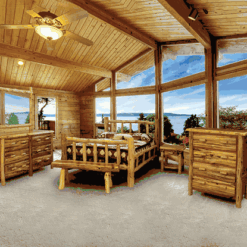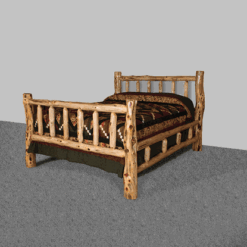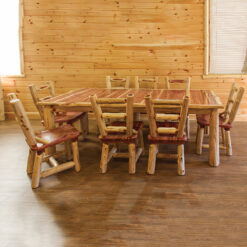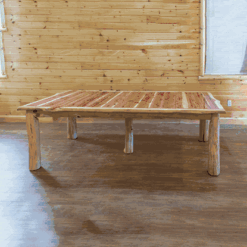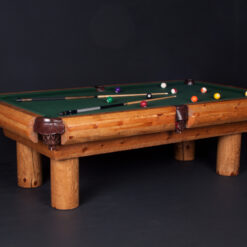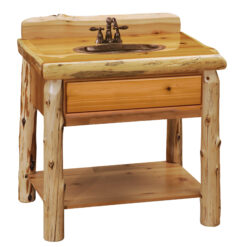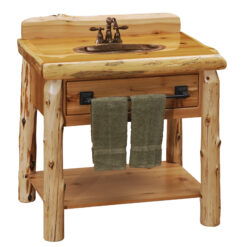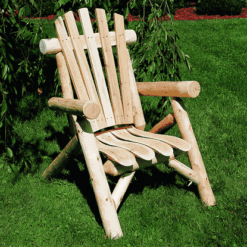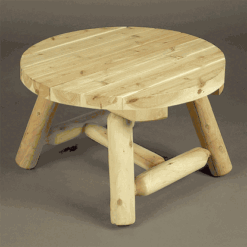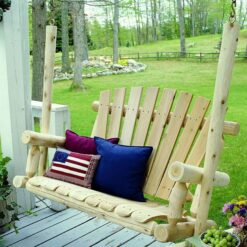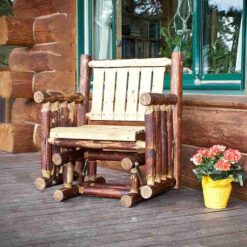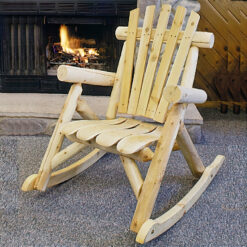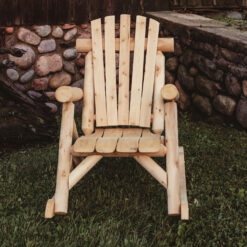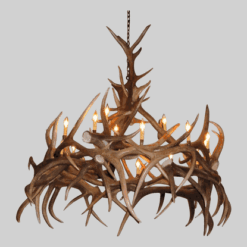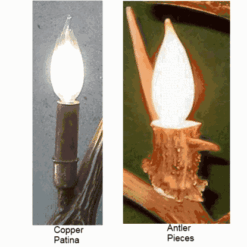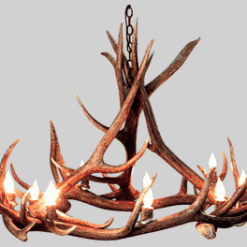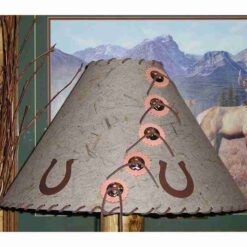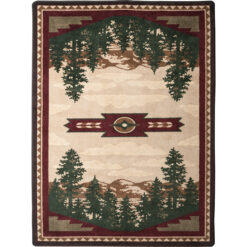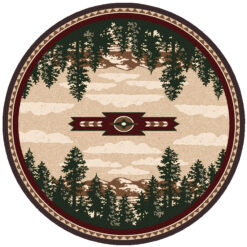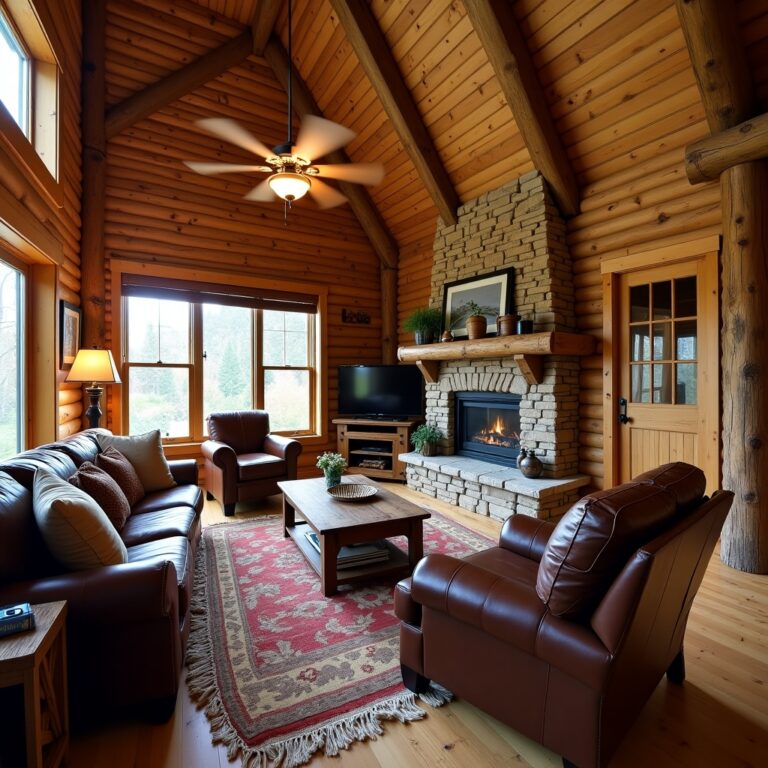Room Design
How to Cool Your Cabin in Summer Without Breaking the Bank
If you’ve spent a few hot days in a log cabin—especially upstairs—you know how fast the heat can build up. Many cabin owners expect the natural setting to help regulate the indoor temp, but in practice, cabins can turn into saunas once the summer sun kicks in. Between the high ceilings, big windows, and wood construction, cabins can trap heat like nobody’s business. But here’s the thing—you don’t need to spend thousands on a fancy HVAC system to cool your cabin in summer.
Start With Smart Airflow
The cheapest fix is better airflow, but let’s focus on actual strategy here, not just throwing a fan in the corner and hoping for the best.
Put a box fan at the bottom of your stairs, pointing up. This pushes cooler air from the main floor into those sweltering loft areas. Got ceiling fans? Make sure they’re spinning counterclockwise in summer—this pulls cool air up from below instead of just pushing hot air around.
Here’s something most people miss: ceiling fans can drop the perceived temperature by about 4 degrees. That might not sound like much, but it’s the difference between miserable and manageable. Plus, you can set your thermostat higher and still feel comfortable, which can cut your cooling costs by up to 15%.
For loft areas that turn into ovens, try placing a fan near the opening, pointing away from the space. This creates an exhaust effect that draws hot air up and out—works better than you’d expect.
Why Mini-Split AC Units Make Sense for Cabins
Many people can be skeptical about mini-split AC units at first. They seem complicated and expensive. But there are and equal number that would swear that they are a smart investment.
Mini-splits use about 40% less electricity than window ACs while running much quieter—a big deal when you’re trying to enjoy the a quiet cabin. They also can last 15-20 years and work perfectly with open floor plans, which most cabins have.
The upfront cost ($2,000-4,000 installed) stings, but when you factor in lower energy bills and the comfort improvement, the math works out. Especially if you’re spending serious time at your cabin during the hot months or hosting family gatherings.
Window Units Still Have Their Place
Mini-splits aren’t in everyone’s budget, and that’s fine. Window ACs still get the job done, especially in smaller cabins or if you just need to cool one problem room.
There’s even a newer option worth considering: solar-powered window units. Perfect for off-grid cabins or places where you want to minimize your electric bill. They won’t cool a whole house, but for a bedroom or small living area, they can work surprisingly well.
The key is sizing them right—too small and they’ll run constantly, too big and they’ll cycle on and off without removing humidity properly.
Insulation: The Overlooked Game Changer
Hot air rises, and in a cabin with vaulted ceilings or exposed beams, it has nowhere to go but collect at the top. This is why lofts turn into furnaces.
Simple fixes make a bigger difference than you’d think:
- Thermal curtains over large windows (especially south-facing ones)
- Reflective window film to bounce heat back outside
- Radiant barrier material in roof areas where heat builds up
The classic move that actually works: close everything up during the day, then open windows at night to let that trapped heat escape. It’s basic, but it can drop your indoor temperature by several degrees overnight.
Creative Solutions That Actually Work
Some people get creative with DIY cooling, and honestly, some of these tricks provide real relief. A fan blowing over a bowl of ice water won’t replace an AC, but it can make a brutal evening bearable. We’ve all seen people use frozen water jugs, wet towels, even frozen gel packs.
Another trick: if you have a basement or crawl space, you can sometimes tap into that cooler air with a small fan and some creative ducting. It’s not elegant, but it works.
Plan for Long-Term Comfort
Weekend cabin trips are one thing, but if you’re spending weeks at a time in your place—or hosting family gatherings—comfort becomes a bigger priority.
The smart approach combines several strategies: decent airflow with strategic fan placement, some insulation improvements where they matter most, and maybe one good cooling unit for the worst trouble spots. You don’t need to air-condition the whole cabin, just the spaces where you actually spend time.
Because let’s be honest—the most beautiful log cabin in the world loses its charm when you’re sweating trying to sleep.
What Works Best for Different Cabin Types
Small cabins (under 800 sq ft): A good window unit plus strategic fans usually does the trick.
Multi-level cabins with lofts: Mini-split upstairs, fans to move air between levels.
Open floor plan cabins: Single mini-split can often handle the whole space.
Off-grid cabins: Solar window units or 12V fans powered by your cabin’s battery system.
The key is matching your solution to your specific situation and budget. Start with the cheapest fixes (fans and insulation), then add cooling power where you need it most.
Looking to complete your cabin’s interior once you’ve got the temperature under control? Check out our collection of handcrafted rustic furniture and rustic decor designed specifically for log homes and cabin living.

